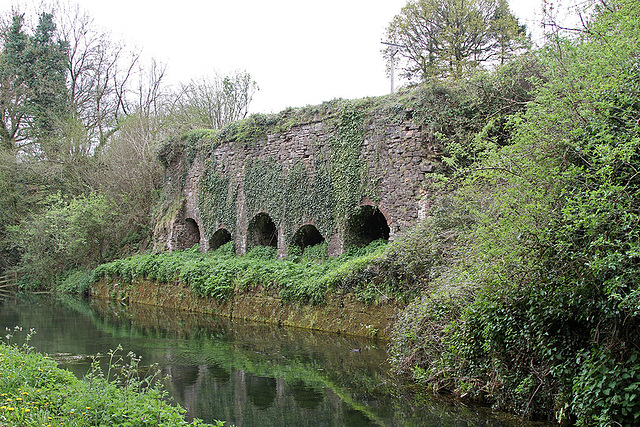Sunrise at the summit
Finch Foundry
Kostolac
Rugeley Power Station
Town Head pye kiln
175 Fifth Avenue
Cowen's brickworks (Low yard), Blaydon Burn
Sunset on Sandaoling steam
Crossing the reservoir
Portobello kilns
Beware the ropeway
Beryl
Sandaoling in the morning
Pear
Hem Heath Power Station
Transformers
Bewdley by ballast hopper
Heading for the pass
Strathclyde Grain distillery
Castles in the air
East Parade Chambers, Leeds
The controller
The arrival
Steaming on the edge
Greatham Works
HMS Daring
Managing cash in society
Sinclair's Clock
Haddock Low limekilns
Topley Pike
Rugeley again
Sliding Bridge
Inside the Hoffmann Kiln
Mill engine
Bellmanpark limekilns
WD passing
Cement works rail
Rugeley Power Station
Brereton Collieries
Barclay at Chasewater
Australia
Binliner
Sugar Mill locomotives
Still in business - for now
Statfold Barn
Location
Lat, Lng:
You can copy the above to your favourite mapping app.
Address: unknown
You can copy the above to your favourite mapping app.
Address: unknown
See also...
See more...Keywords
Authorizations, license
-
Visible by: Everyone -
All rights reserved
-
494 visits
Waytown limekilns


It is thought that the Waytown kilns were constructed between 1810 and 1814. The culm would have been brought in initially by packhorse and later, after the canal extension to Taunton was built, by boat. The structure was built with three kilns (the three large arches being the kilns and the two smaller arches providing shelter whilst drawing the lime) but the large buttress at the south end must have been added to prevent structural movement and an 1886 map indicates that only two kilns were in use then. The canal company built and retained ownership of the kilns and wharfs and existing records for those at Tiverton indicate that they were leased to several owners including a John Talbot of Holcombe Rogus. Talbot entered into a 21 year lease for a wharf at Tiverton from Lady day 1815 and he probably also operated the kilns at Waytown. On 15th February 1845 an advert appeared in The Western Times for "Lime Works of Holcombe Rogus... To be let by tender...." which included the Waytown kilns, several other kilns nearby and powers to build new ones in the area. By the mid 19th Century, agricultural lime production had stabilised after a decline following the Napoleonic wars and again become profitable. It is not known when the kilns at Waytown were last fired but it was probably at the end of the 19th Century. The limekilns are listed Grade II.
- Keyboard shortcuts:
Jump to top
RSS feed- Latest comments - Subscribe to the comment feeds of this photo
- ipernity © 2007-2025
- Help & Contact
|
Club news
|
About ipernity
|
History |
ipernity Club & Prices |
Guide of good conduct
Donate | Group guidelines | Privacy policy | Terms of use | Statutes | In memoria -
Facebook
X

Sign-in to write a comment.